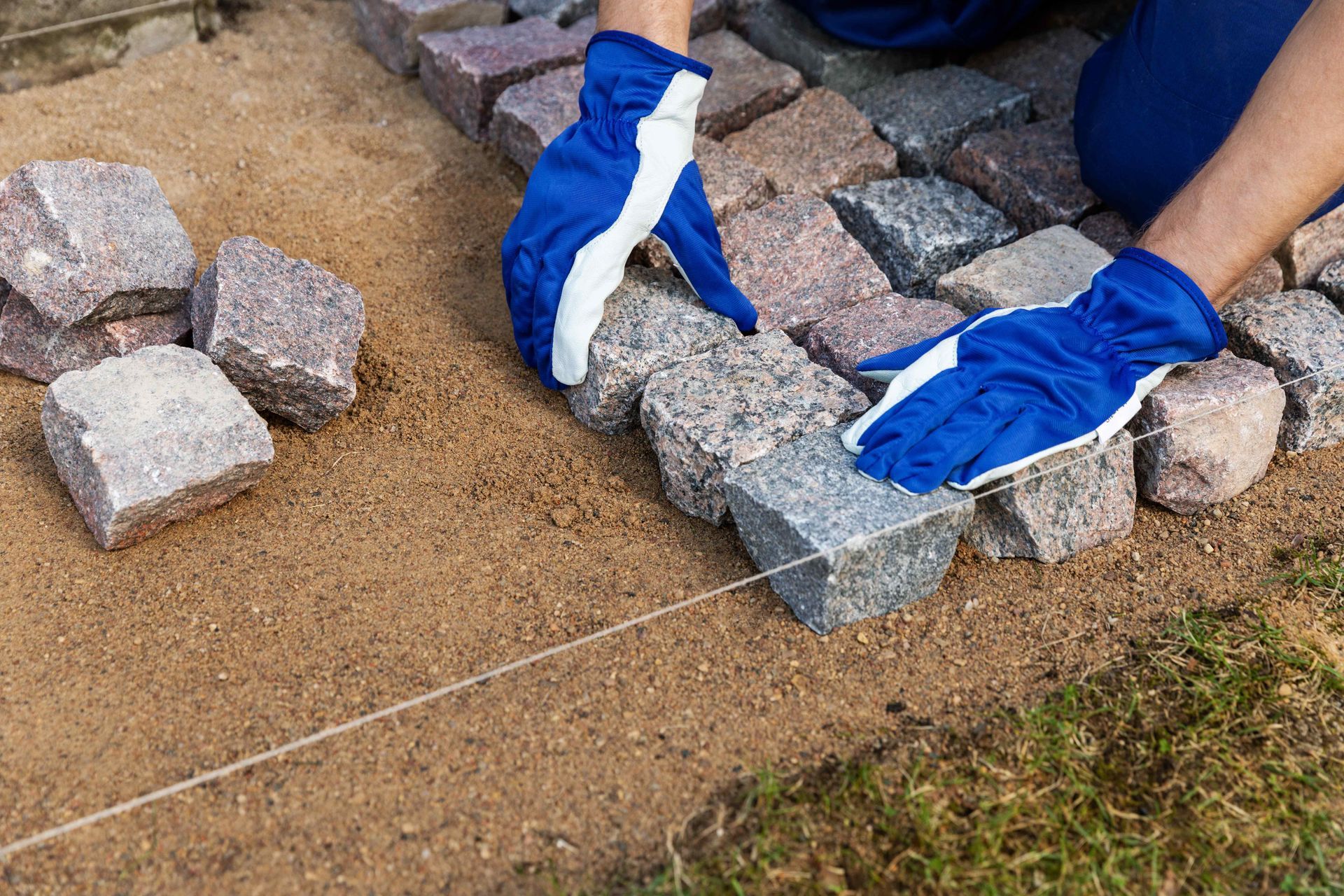Is artificial turf safe for pets? Unveiling the facts
Artificial turf has gained popularity among Gilbert homeowners seeking low-maintenance landscaping solutions. For pet owners in the area, a common concern arises: the safety of artificial turf for pets, especially dogs. In this post, we'll delve into the facts surrounding artificial turf and its safety for pets, answering questions such as the suitability of artificial grass for pets and dogs in Gilbert, AZ.
Understanding Artificial Turf
Artificial turf, commonly used in the area, is typically made from synthetic materials like polyethylene or polypropylene. The blades are attached to a backing material, and infill materials such as silica sand or rubber granules may be used to provide stability and resilience.
Artificial turf offers several benefits that resonate with locals, including
minimal maintenance,
water conservation, and year-round greenery. For pet owners, the
durability of artificial turf against pet-related wear and tear, such as digging, is a significant advantage.
Pet-Friendly Attributes of Artificial Turf
Artificial grass is non-allergenic, making it a suitable choice for people and pets with grass allergies. The absence of natural pollens and grass-related allergens in artificial turf minimizes the risk of allergic reactions, providing a comfortable outdoor environment for your pets.
One concern often raised is how well artificial turf handles pet urine. Many artificial turf products are designed with efficient drainage systems, allowing liquids to pass through easily. This helps prevent the accumulation of urine, reducing odors and promoting a cleaner surface. Even though pet urine can drain through artificial grass, your grass will still need to be cleaned if your pet pees on it.
Artificial Turf Safety for Pets
Pet-specific artificial turf, such as SYNLawn Pet Systems and EnvyPet Artificial Grass, is designed with non-toxic and lead-free materials, ensuring the safety of dogs during play.
High-quality landscaping turfs, while not specifically designed for pets, can be safe for occasional use by your pets, provided they have shorter pile heights and pet-friendly infill materials.
Potential Concerns
Long-pile artificial grass may be uncomfortable for dogs to walk on and could trap heat, posing potential dangers in hot weather. If you have pets, it is recommended to pick artificial grass with a shorter pile length.
Caution is advised against landscape turfs using
non-pet-friendly infill materials like rubber crumbs,
which can get hot in the sun and may contain harmful chemicals.
Older artificial turfs may contain lead, which can be toxic to dogs if ingested. Choosing newer products certified as lead-free is recommended for extra safety.
Conclusion
In conclusion, artificial turf is generally considered safe for pets, including dogs. Its pet-friendly attributes, combined with specific pet-safe choices, make it a practical choice for pet owners seeking a low-maintenance alternative to natural grass.
When carefully chosen and maintained, artificial turf provides a safe and comfortable outdoor space for your furry companions, allowing them to enjoy the benefits of a green landscape without compromising their well-being.
You might also like

Contact us now and let's embark on this exciting journey together.
Ready to elevate your outdoor living experience? Contact Premier Gilbert Landscaping today and schedule your consultation. Let us create a landscape that reflects your style, enhances your life, and brings beauty to every moment you spend outdoors.
Remember, your outdoor dreams are just a call away.
All Rights Reserved | Premier Gilbert Landscaping
Powered by webpro.ai



